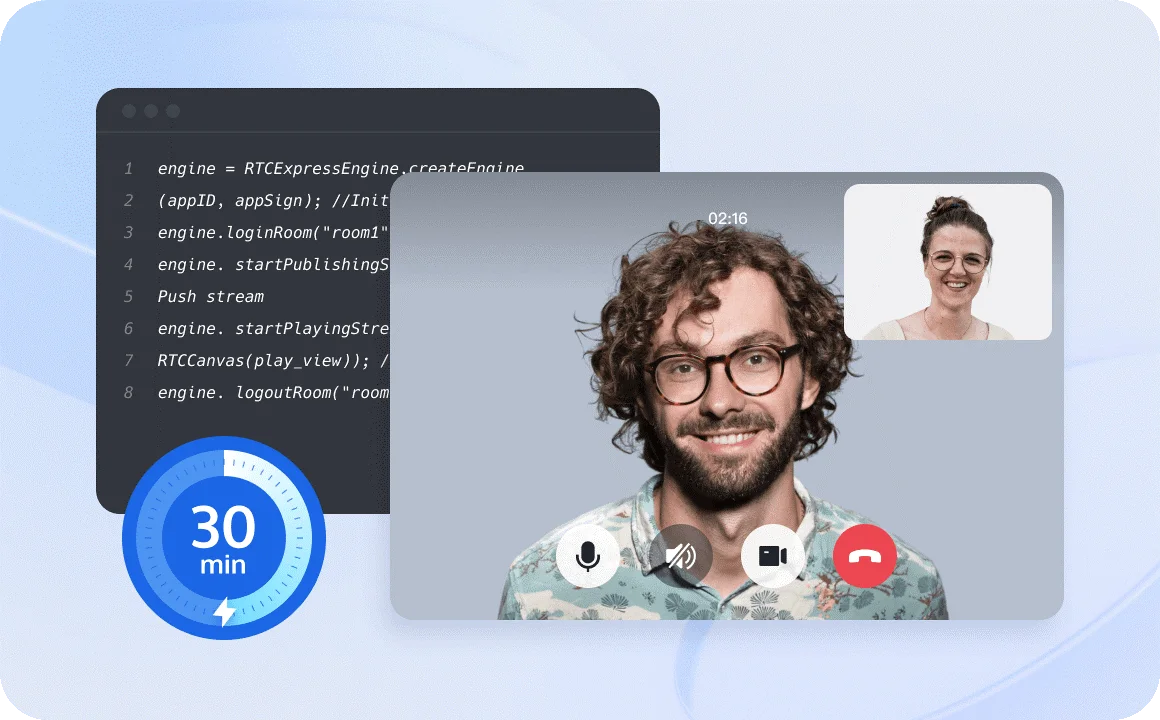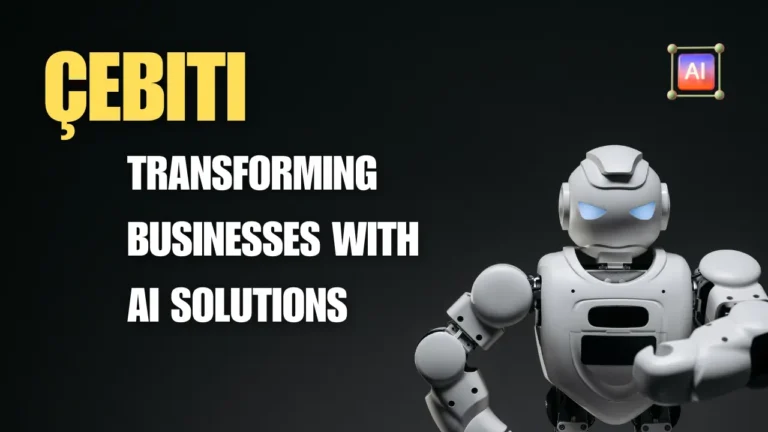Video Chat SDKs: Empowering Seamless Communication

In today’s digital era, video chat has become an integral part of our lives. Enabling real-time communication and collaboration across distances. Behind the scenes of these video chat applications are powerful tools known as Software Development Kits (SDKs). Which provide developers with the necessary building blocks to integrate video chat functionality into their applications seamlessly. Let’s delve into the world of video chat SDKs and explore how they are revolutionizing communication.
Contents
Understanding Video Chat SDKs
It is a set of tools, libraries, and APIs designed to simplify the process of integrating video chat capabilities into web and mobile applications. These SDKs abstract the complexities of real-time communication protocols and provide developers with pre-built components that handle tasks such as video encoding, network traversal, and audio-video synchronization.
Also Read: How to Safeguard Business Operations with SDK vs API Best Practices
Key Components of Video Chat SDKs
It typically include the following key components:
1. Media Streaming: SDKs facilitate the capture, encoding, and transmission of audio and video streams between participants in a video chat session. They handle tasks such as media capture from cameras and microphones, encoding of media streams, and transmission over the network.
2. Signaling: Signaling is the process of establishing and managing connections between participants in a video chat session. SDKs provide signaling mechanisms that enable participants to discover each other, negotiate session parameters, and synchronize their communication.
3. Network Traversal: It incorporate network traversal techniques such as Interactive Connectivity Establishment (ICE) and Session Traversal Utilities for NAT (STUN) to traverse firewalls and Network Address Translation (NAT) devices, ensuring seamless communication across different network configurations.
4. User Interface Components: Many SDKs offer pre-built user interface components that developers can easily integrate into their applications. These components include features such as video preview windows, participant thumbnails, chat controls, and audio volume meters.
Advantages of Video Chat SDKs
It offer several advantages for developers and businesses:
1. Rapid Development: By providing pre-built components and APIs, SDKs accelerate the development process, allowing developers to focus on building the core functionality of their applications.
2. Cross-Platform Compatibility: Many SDKs support multiple platforms, including web, iOS, Android, and desktop environments, ensuring broad compatibility and reach across different devices and operating systems.
3. Scalability: It is designed to scale effortlessly to accommodate varying numbers of participants and increasing usage demands, making them suitable for applications of all sizes, from small group chats to large-scale video conferences.
4. Customization: SDKs offer extensive customization options, allowing developers to tailor the user experience, branding, and functionality of their video chat applications to meet their specific requirements and preferences.
Applications of Video Chat SDKs
It have diverse applications across various industries and use cases:
1. Remote Collaboration: It enable remote teams to collaborate effectively, conduct virtual meetings, and share information in real-time, regardless of geographic location.
2. Telehealth: In the healthcare industry, It facilitate telehealth consultations, enabling patients to connect with healthcare providers remotely for medical appointments, diagnoses, and follow-up care.
3. Education: It power online learning platforms and virtual classrooms, allowing educators to deliver engaging lectures, conduct interactive sessions, and provide personalized instruction to students worldwide.
4. Customer Support: Businesses use video chat SDKs to offer personalized customer support, conduct product demonstrations. And resolve customer inquiries in real-time, enhancing the overall customer experience.

Conclusion
In conclusion, the video chat sdk play a pivotal role in enabling seamless and immersive video communication experiences across a wide range of applications and industries. With their robust features, scalability, and customization options, SDKs empower developers to build innovative video chat applications that connect people. Foster collaboration, and drive meaningful interactions in today’s digital world.
From remote collaboration and telehealth to education and customer support, the possibilities with Video Chat SDKs are endless. As technology continues to evolve, these SDKs will remain essential tools for building the next generation of video communication applications. Empowering businesses and individuals alike to connect and communicate effortlessly, regardless of distance or device.





